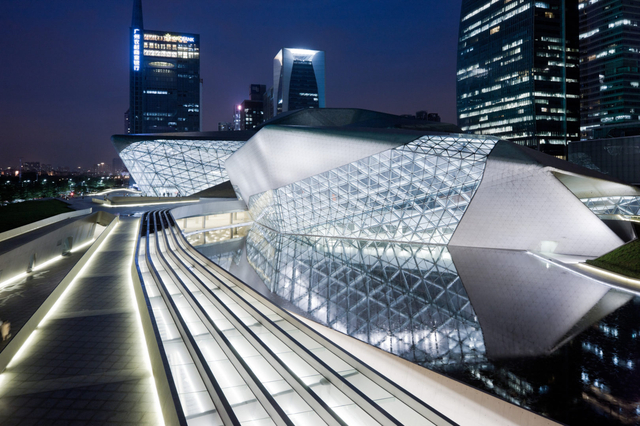Stimulation Comes from Productivity and Creation
By: Martina Freitagová
Photo: Iwan Baan, Zaha Hadid Architects, Future Cities Project, Archive
Subject 1: Beauty Wins
We are navigating the world aesthetically, learning through experiences, and are socialised to recognise what might be good for us. And so, in a complex urban space, you look at the crowd and know immediately what appeals to you and what you are repulsed by. Aesthetically – by the demeanour, look and feel of things – you get a lot of information. There is an underlying rationality, but there is no chance you could analyse and have explicit information processing for such quick and intuitive choices you are forced to make all the time. Such aesthetic sensibilities and recognitions are part of a cognitive process with which we inevitably navigate the world. What beauty signals is the shorthand recognition of what is good and functional. A beautiful house imagines a beautiful life and beauty intuitively represents a good life.
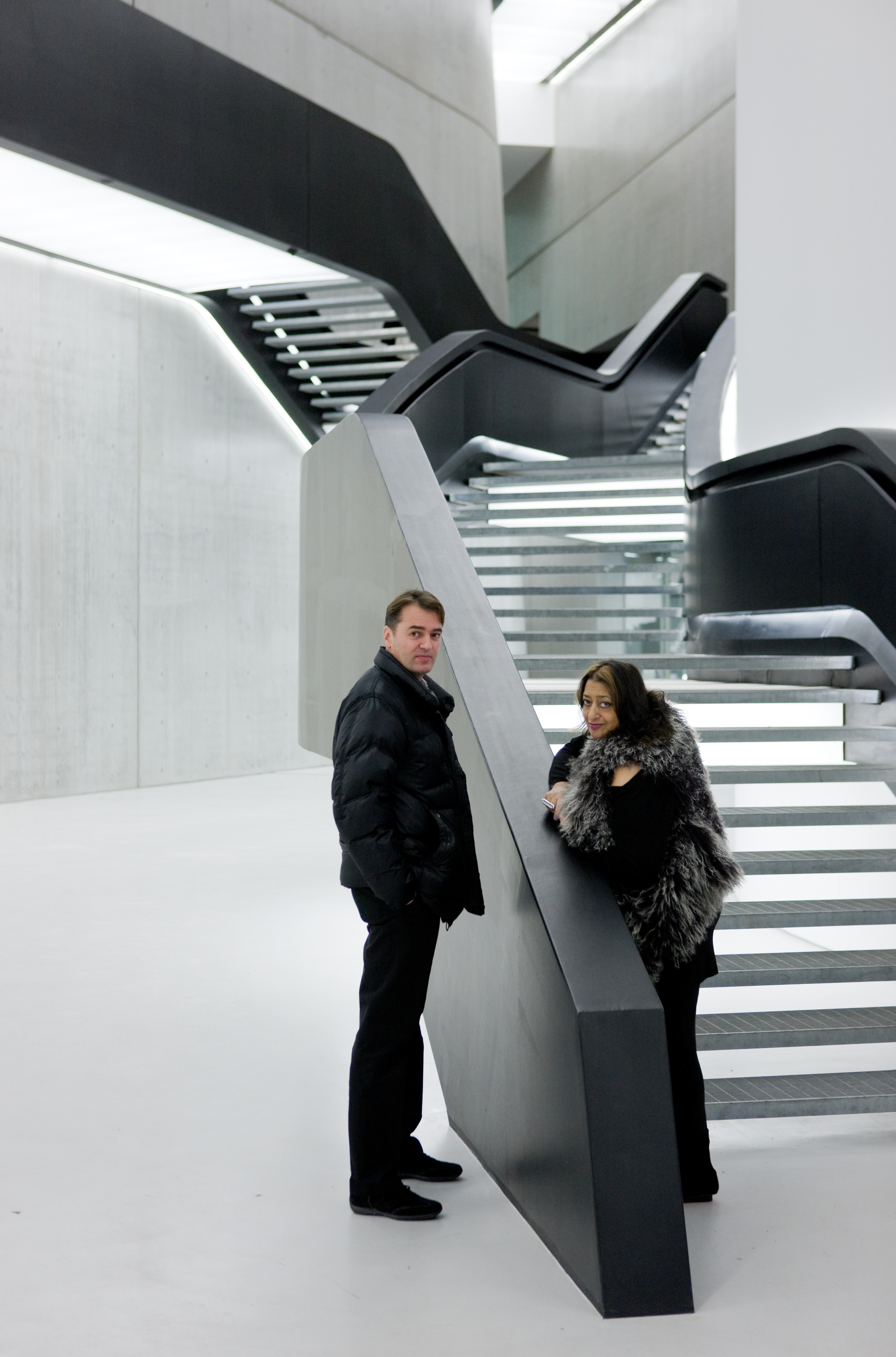
Subject 2: Nature-Like
Public space is often seen as the gaps between buildings, yet individual designs can create modern agoras. Join us on a global tour! With natural organisms and different species we inhabit the same world of gravity, sun exposure etc., and we can follow similarities between the two worlds. The networks in a city plan, for example, are similar to a network of nourishment in natural organisms. Our more optimised and sophisticated way of working has become more nature-like and the optimisation algorithms are modelled after genetics and evolutionary processes. It is interesting and inspiring that our and the natural world in the end become visually similar in their morphologies. The older architecture presents a much bigger contrast with nature because of the radical simplicity of geometries, which were easier to grasp and control in order to have more predictable construction processes.
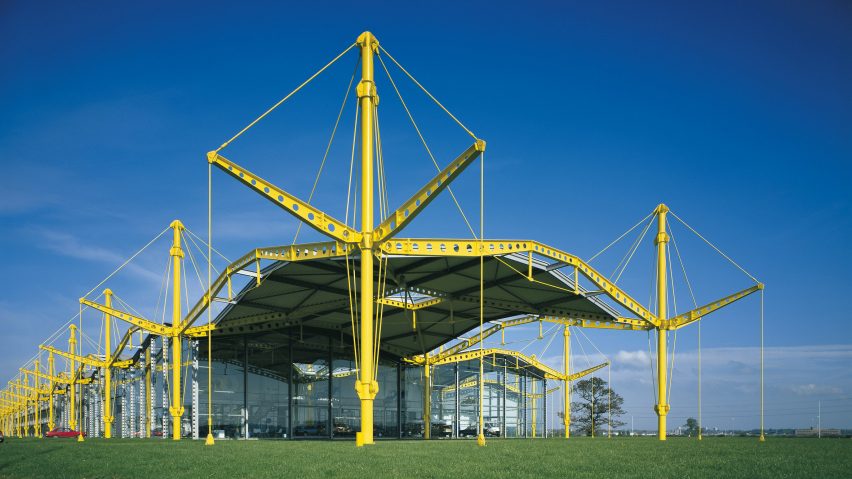
Subject 3: New Movements
It is necessary to be confronted with various things. Seeing Zaha’s drawings and paintings in the early 80’s when I was just studying architecture was fascinating. Then I fell in love with high-tech, the work of Norman Foster. There was a need for something new and dramatically intriguing, but you must also learn the underlying rationality. Foster’s projects work well in the green field, yet people are instinctively drawn to something dense and messy like the historical centres rather than to nice, leafy suburban conditions and it is the postmodern, deconstructivist buildings that incise and overlay in centres. You feel it in your bones where the hip things are happening, which places you should be in and what the young, smart and eloquent stars of your discipline are doing, what they are talking about. With every new movement, there is always a mixture of thinkers who help to intellectually grasp it, explain it in theoretical journals, and intuitive geniuses who open the field for artistic experimentation.
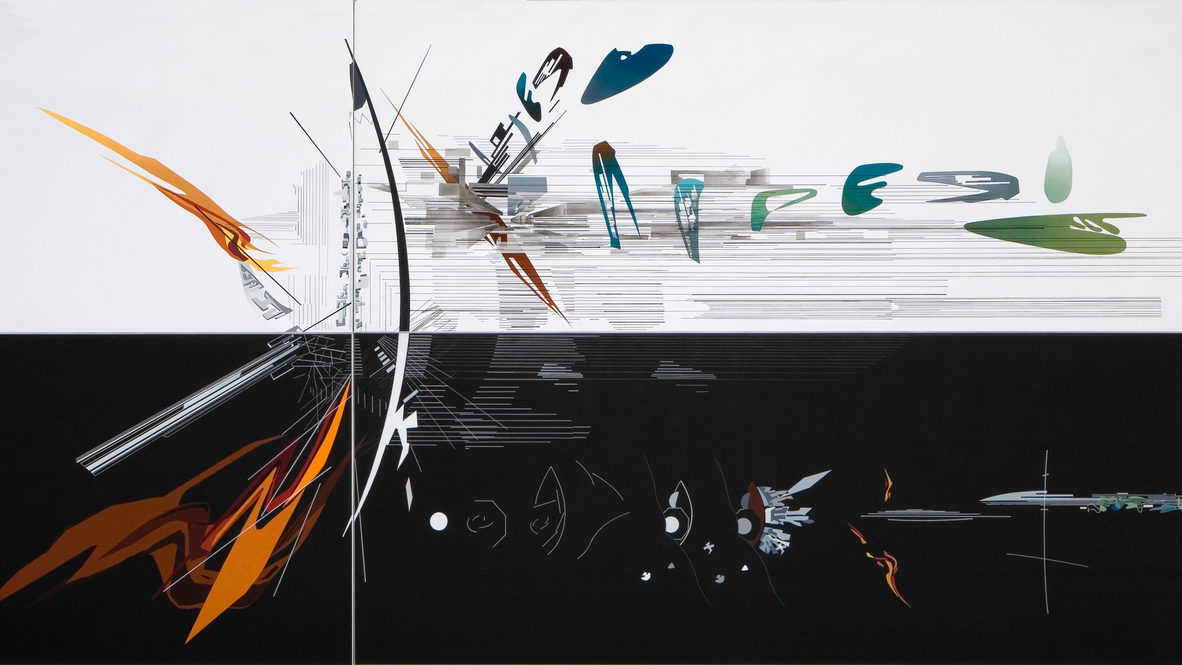
Subject 4: Building for Interaction
Architecture is a result of social life and its fundamental role is about well-being. In my view, it is stimulating to turn communication into action. In order to feel good, we need to be productive, which means being connected to networks, communicating with people, knowing what is going on in different situations and cities. Architecture can contribute to creating lively spaces of communication and collaboration in the domain of work, but also culture, entertainment and learning. I believe this brings a certain psychological sense of satisfaction, and therefore architecture needs to have a lot to offer, yet be well ordered so that the plentiful choices do not become menacing and disorienting.
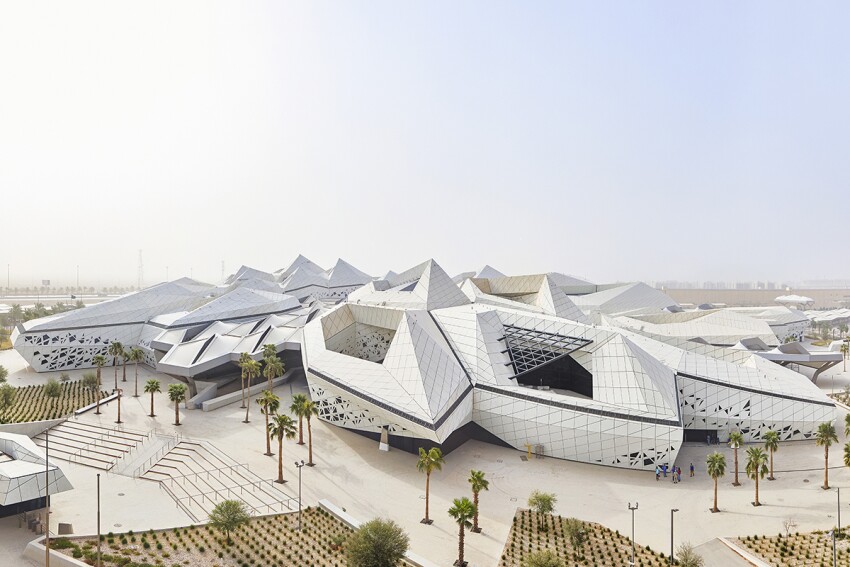
Subject 5: Adapting to Thrive
Sometimes we must intellectually and critically readjust our sensibilities and align with the everyday. In a company, for example, people might say they do not like large open offices, they might not please them. But withdrawing from colleagues into a corner office with barriers so that one can be unencumbered is very shortsighted. In a sense, they have the wrong instincts about what might be good. And we should strive to learn to love what is good for us. Even when you feel a little uncomfortable in the hustle of a space with a bit of noise, in the end, you understand you were doing well, the firm was doing well, you were part of the thrill and suddenly you feel like going back to the situation. Transformation is usually about learning.
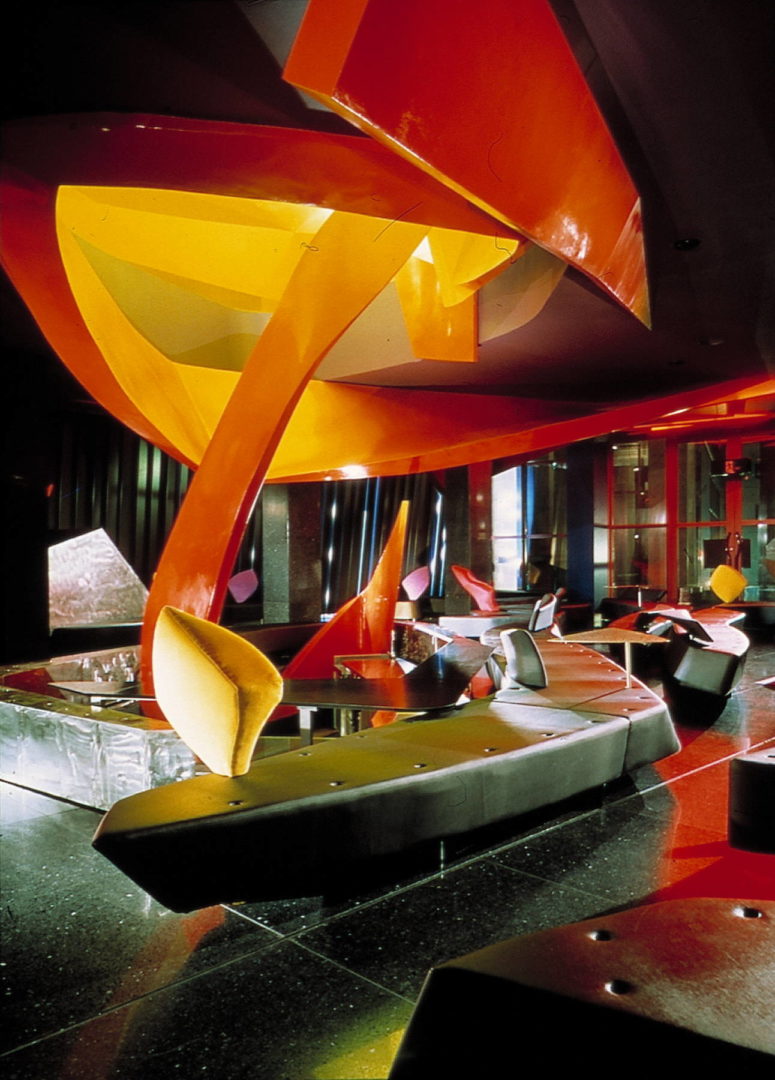
Subject 6: Quality of Life
There are a lot of things now coming up we could not have predicted in terms of technology, the internet and the metaverse. Certain social patterns, vogue ideologies and surprising things emerged, but what I would have predicted in, say, the 1950s is that there is going to be a massive boost in the quality of life for the majority of people. That is also my prediction for the next fifty years. For me, the quality of life lies in having a nice space which is centrally located and I can step out and be anywhere I need with a bicycle or on foot – in London, it means at the AA school, office, the Tate or the Barbican. In the office, I enjoy having nice surroundings with many socialising spaces. I love going out, just walking through Shoreditch in the evening, the night life is amazing. I love Chinese food and I go to restaurants a lot. The variety of Sichuan cuisine for example is amazing, but also Japanese, Korean and Indian food is great, and London is the best place to be in for that. That is what keeps me going. I also love travelling to Paris, from the City airport to almost anywhere in the world within a few hours, and I wish more people would participate in this. I wish for more co-living spaces in the centre of London so that people would be part of this.
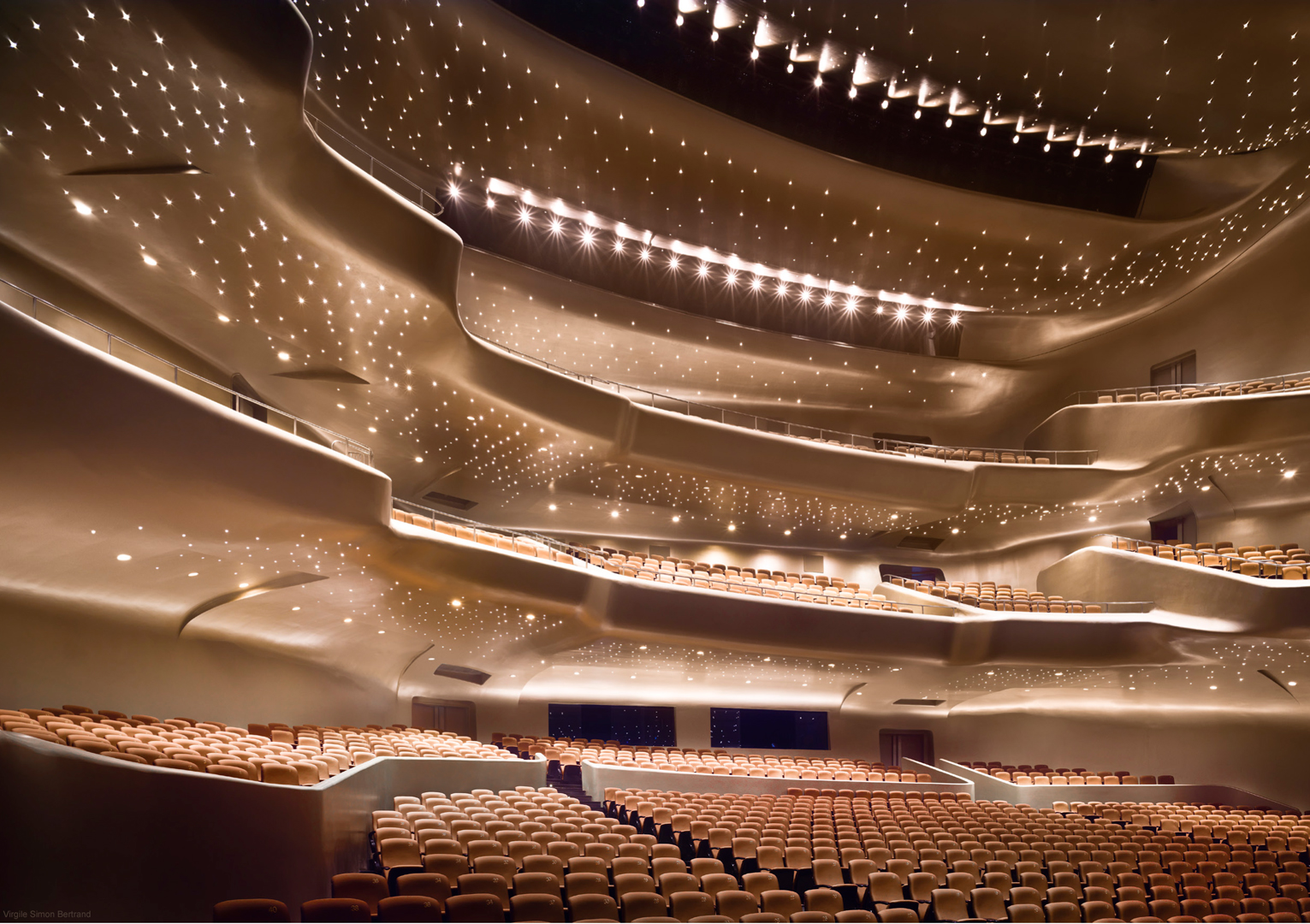
Patrik Schumacher
The head of Zaha Hadid Architects, is a powerhouse figure of contemporary architecture, or maybe more the architecture of the future. His visions of correlations between nature, technology and human creation might not yet be fully embraced by many, still his impressive architectural projects are naturally growing out of the cityscapes around the world. Following his restless drive for knowledge, he gained degrees in philosophy, mathematics, and architecture in Bonn, Stuttgart and London, and was able to translate it in practice in Zaha Hadid’s studio. Among the most known projects designed by Patrik Schumacher is the London Aquatics Centre for the 2012 Summer Olympics, Morpheus Hotel and MAXXI – National Museum of Arts. His futuristic outlook, challenging ideas and innovative technological approach are reflected in the conception of the new architectural movement called parametricism, which he coined in 2008.


